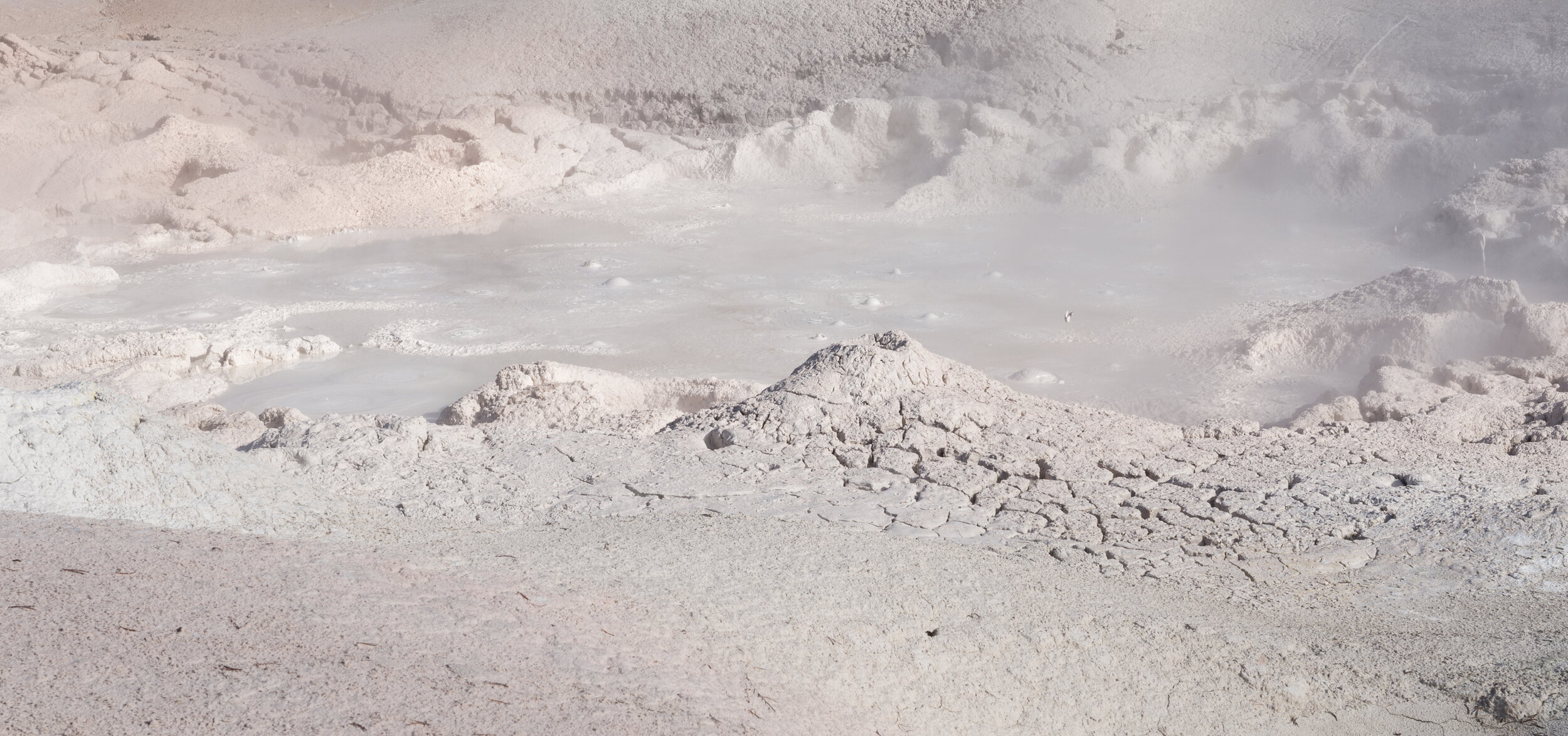
AION NATURALS
MATCHA
How to Brew Matcha
INSTRUCTIONS
1. Scoop desired amount of Matcha into bowl
Traditionally 1 and 1/2 chasuku scoops.
2. Pour splash of water on Matcha
Use enough to water to thoroughly mix the Matcha. Lower temperature helps reduce bitterness.
3. Whisk in “W” pattern until frothy to activate
Shake in a zig zag pattern for 15 seconds; aim for the whisk not to touch the bowl.
4. Pour mixture into cup, add water to make tea.
Adding hot water makes traditional Matcha. For ice tea: use cold water.
Matcha Info
Matcha : Dried green tea that is stone ground into powder used in Japanese tea ceremony.
There is little on this earth that arrives so perfectly as the tea plant. The powder of its finest leaves is certain to be a health elixir. Matcha is a ceremonial beverage that has been appreciated and used in sacred settings for over 1000 years. The ancients knew of matcha’s benefits before the science backed it up.
What is Matcha?
Matcha is the powdered form of green tea. It contains leaves which have been cultivated in a special way. Below are the 4 steps taken to produce Matcha.
Areas are chosen within the green tea crop that have the right conditions for Matcha.
These areas are shaded which stresses the tea plant into making more antioxidants.
Farmers use precise growing schedules to determine how long the tea is grown and when matcha leaves are to be harvested.
This practice ensures the tea is harvested when its leaves contain the richest flavor and proper nutrient accumulation.
Matcha leaves are de-veined and steamed to protect the leaf’s flavor.
Steaming also locks in the compounds like L-Theanine.
Finally, using stone mills that run day-and-night, the Matcha is ground into ultra-fine powder.
Interesting Fact: Matcha is grown under shade. Traditionally, farmers used bamboo mats that were placed over the Matcha to block the sun. A growing practice that stresses the plant into producing more nutrients. Shade grown improves the flavor of the tea, as well as, preserves the tea from oxidizing and losing valuable nutrients.
What is Important About Matcha?
Matcha is a natural adaptogenic source of amino acids and antioxidants, filled with trace minerals and green tea caffeine.
The calm focus that is associated with Matcha is due to the synergistic quality of L-theanine and caffeine; both are produced naturally in green tea and reduce the negative aspects of caffeine consumption.
Matcha is rich in catechins: a plant-based antioxidant with anti-inflammation properties found in fruit, cacao, tea and coffee.
Matcha is a terrific way to receive the health benefits of green tea without having to drink as many cups.
EFFECTS: Induce calm state of mind, with increased focus and enhanced metabolism.
• Contains antioxidants: zinc, Vitamin E, Vitamin C, EGCG, and more.
• Trace minerals: manganese, selenium, potassium, copper, magnesium, chromium, and more.
• Essential nutrients like vitamins A, C, K, E, and B-complex vitamins B1, B2, B3, B6.
Interesting Fact: Matcha contains EGCG (Epigallocatechin Gallate) at over 100 times the level found in conventional green tea. (Clinical studies have shown that the antioxidant EGCG demonstrates cancer preventive effects within the body.)
Does Matcha Have Health Benefits?
yes,
Matcha contains antioxidants found in tea called catechins. This type of antioxidant is a potent free radical scavenger and is known to reduce inflammation.
Taken regularly, Matcha helps lower blood glucose, improve weight loss and support a healthy brain.
Matcha contains amino acids like L-Theanine and Isoleucine:
L-theanine: Induces a calm, focused state
L-isoleucine: Lowers glucose, helps with cell damage and circulation
The caffeine in Matcha synergizes with L-Theanine to product a calm, focused attention that lasts hours and wears off without a crash.
Is Matcha More Potent than Green Tea?
yes,
Matcha has a higher content of antioxidants and plant nutrients than looseleaf tea.
!. Because it is shade grown, a process to stress the plant into producing more plant nutrients like antioxidant EGCG.
2. How it is ingested.
Instead of tea soaking in water, and the majority of the tea is removed, the matcha powder is dissolved into water resulting in greater nutrient uptake. In addition, matcha leaves are shade-grown, which means they never reach full sun exposure, resulting in less oxidation that occurs under the sun. Farmers do this to ensure the highest level of plant nutrients remain in the leaves; which are then harvested before maturity, to insure the most robust plant-based vitamins.
*
This quote from the US National Health Institute’s database illustrates the amount of antioxidants in Matcha, and potential it offers at the cellular level.
“EGCG, which accounts for almost 50% of the total catechins content of green tea extracts, makes up to 30% of the dry weight of green tea leaves [40], and has the strongest chemopreventive potential containing anti-inflammatory, anti-mutagenic, and anti-carcinogenic effects among the green tea catechins which contain EC, EGC, and EGCG” — Source Direct Link: https://www.ncbi.nlm.nih.gov/pmc/articles/PMC6155401/
_________________________________________________________________
To summarize, Matcha has green tea’s same health benefits in a more potent and concentrated form.
Drinking Matcha is a great way to encourage weight loss, improve blood glucose levels, battle inflammation, and calm mood.
Matcha also contains more caffeine than green tea.
+
Matcha History
——————————————————————-
The practice of reducing pan-fired Tea leaves into powder started in the 12th century as a ritual among Zen Buddhists.
Legend has it when Matcha spread across Japan the tea caught the shogun’s eye,
who upon seeing its effect made samurai drink Matcha before training.
Disclaimer: Aion Naturals does not provide medical advice. The content of the Sites are for informational purposes only. The content is not intended to be a substitute for professional medical advice, diagnosis, or treatment, nor has it been evaluated by the Food and Drug Administration. Any application of the material provided is at the reader's discretion and is his or her sole responsibility.


